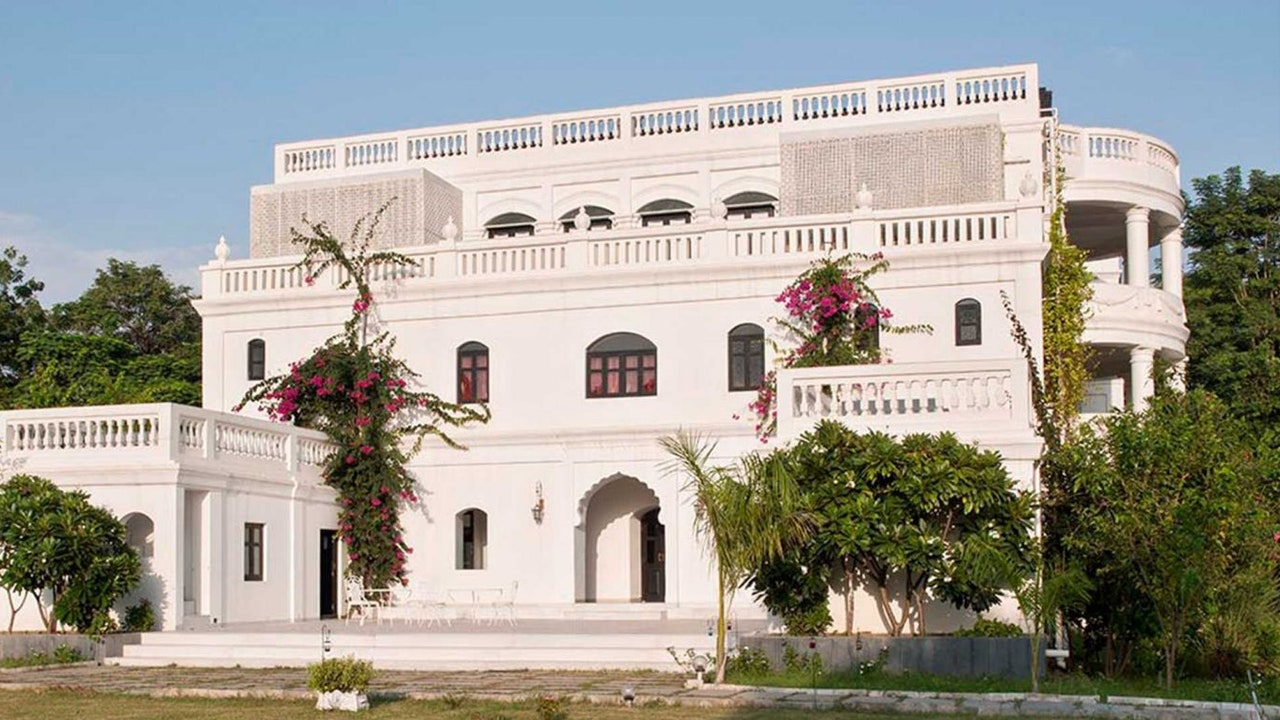The legacy of India’s rich culture and heritage is depicted in its ancient buildings. India is a country that sees a mystic blend of traditions and colour because the country was ruled by people from different origins and the only thing these rulers had in common was a love for luxury, entertainment, and grandeur. The same was reflected in the buildings that they constructed. Forts, palaces, temples, and institutions were constructed to depict grandeur. The buildings were massive and usually built in stone to depict strength and wealth. The local artisans carved architectural design details into the building making them heavily ornamented, reflective of the prevalent or local vernacular style. The hierarchy of spaces was such that every activity had a dedicated room or set of rooms. Be it for war discussions or leisure, all spaces were generously planned to enhance their functional purpose.
Why were the Heritage Buildings Repurposed?
In the late 19th century when the British colonised India, the princely states were introduced to new standards of opulence and prosperity. The Indian princes/royalty who then travelled around the world found themselves appreciating global art and crafts so much so that they replicated it back at home. Importing cars, accessories and art became a status symbol for the Indian royalty and became integral to it. The royal families owned possessions worth millions because the land belonged to them.
But when India became independent, the government came to power, and in 1971, India abolished royal titles and privy purses transforming the “rajas” into ordinary citizens of India. Thus, the royal families now had to pay taxes on their land which made it difficult to maintain their possessions. Physical assets such as palaces, forts, and jewellery had become a liability that needed constant investment to be maintained. Hence, transforming these grand buildings into heritage hotels seemed like a viable solution to maintain their legacy while creating a fail-safe business venture.
Transitioning from Heritage Structures to Hotels

The concept of “living life king-size” comes to reality with heritage hotels. Experiencing the extravagant royal lifestyle is a unique opportunity. People look forward to visualising the life of kings and queens by reliving their life through spaces, materials, food, fabric, and culture. For instance, the Jadhavgadh fort near Pune, Maharashtra has been restored as a 5- star hotel to allow people experience the legacy of Maratha royalty. The courtyards and common areas within the fort make space for local artisans to share vernacular culture with the hotel visitors.
Forts and palaces have stood the test of time and are significant representations of their glorious past. Therefore, keeping their eminence intact is the primary concern of their royal owners. Since many of these heritage buildings were built several centuries ago, they have reached the stage of dilapidation. Restoring them with minimal intervention and staying true to the original design is the central idea of heritage adaptive reuse. But, turning royal buildings into hotels is not just about repurposing and redesigning. Understanding the history and culture of that structure is important to capture its essence after restoration. Good knowledge about heritage conservation and large-scale building projects is necessary to derive sensible design solutions.

In India, the conventional process of transforming palaces into hotels is to either approach an architect or a chain of luxury hotels that can then onboard an architect to restore the palace or the property. Most families like to stay true to the spirit of the space without many structural interferences. The number of rooms in a heritage hotel is much less compared to a contemporary luxury hotel. This is because heritage spaces were primarily designed only to accommodate the royal family. Thus they were planned with many break-out spaces such as courtyards, gardens, decks, etc. Repurposing these common areas serves as an opportunity to promote the local culture through exhibitions and museums. Integrating building services such as air conditioning, ventilation, water supply, and drainage with minimal damage to originality is the biggest challenge. The electrical conduits are mostly routed through the floor to ensure that wall murals and carvings are not spoilt. Mapping the structural stability helps in deriving a well-suited conservation plan.
The Neemrana Fort Palace in Rajasthan built during the 15th century is a beautifully designed heritage hotel. The fort was under ruins until the 1970s but was later considered for restoration by Mr Aman Nath, the founder of Neemrana Hotels who is a historian by education. The hotel uses the 14-tiered building with palace wings, courts and stepped gardens. The fort is built on a plateau and provides a surreal experience of royal living to its visitors. The fort is also a people’s favourite for hosting destination weddings. Since Indian weddings are all about opulence, celebration and grandeur, the Fort Palace was a great place for these experiences. The revenue generated from commercialising the palaces is used for their maintenance and further expansion.

The Umaid Bhavan Palace in Jodhpur, Rajasthan is another unique example of a heritage hotel. It is a palace that is partly used as the royal family’s primary residence and in part restored by the Taj Hotels to house a luxury heritage hotel and entertain visitors. The palace has 347 rooms, a museum, and a garden. The vintage cars of the royal family are also on display in the palace parking lot.
Transforming palaces into luxury hotels has helped in reviving the glory of Indian heritage. Conserving these monuments is necessary not just because they represent the past culture, but also because they are architectural marvels that can be studied by young architects, and given that India’s love for luxury and comfort is never-ending, heritage hotels are a great idea to serve the purpose.
Source:
- Inside India’s luxurious palaces-turned-hotels
- Discover why India’s maharajahs transformed their palaces into heritage hotels
- Welcome to history: How royal dwellings turn into luxury hotels
- A historic affair: Ancient Indian forts that have been transformed into luxury hotels
- Neemrana Fort-Palace Revitalisation
Disclaimer: The information contained herein have been compiled or arrived at, based upon information obtained in good faith from sources believed to be reliable. The opinions expressed within the content are solely the author’s and can be subject to change. The image featured in this article is only for illustration purposes. If you wish the article to be removed or edited, please send an email to editor@biltrax.com
Discover more from Biltrax Media, A Biltrax Group venture
Subscribe to get the latest posts sent to your email.






















